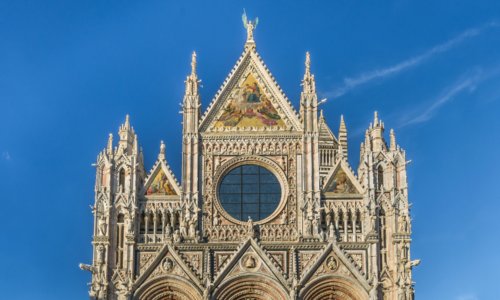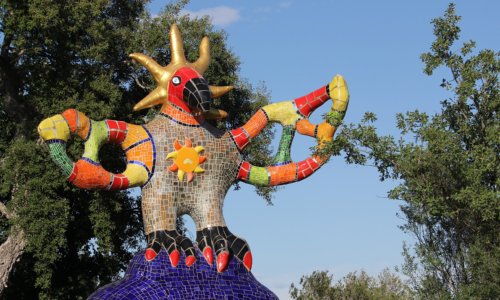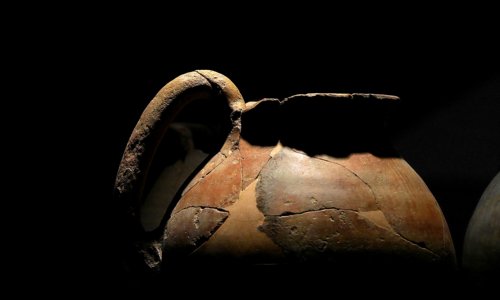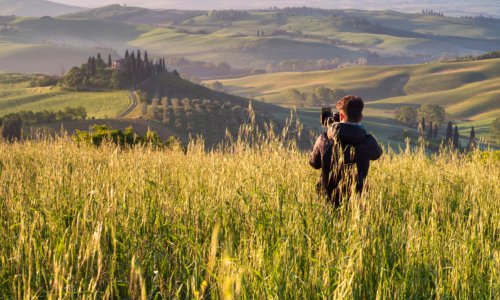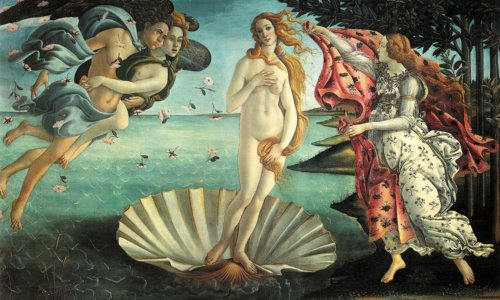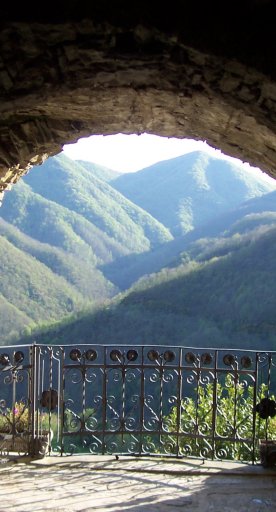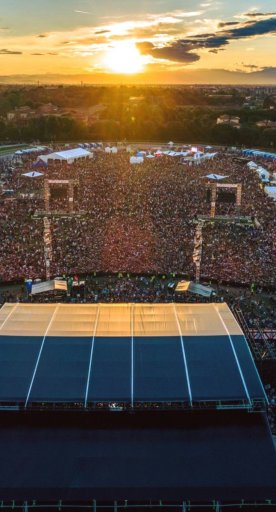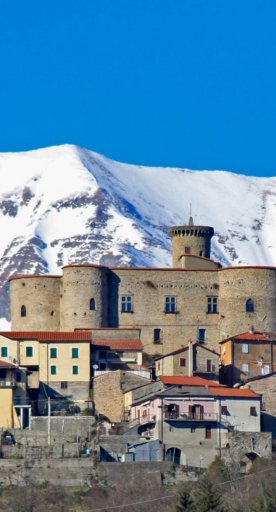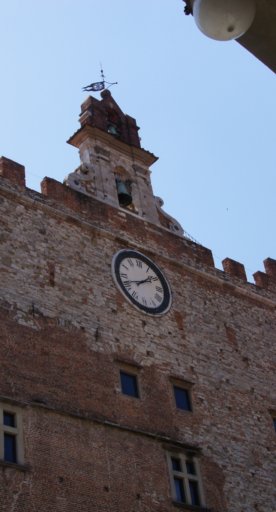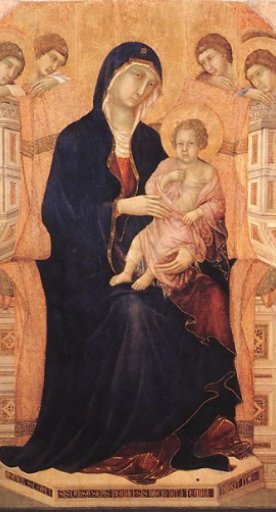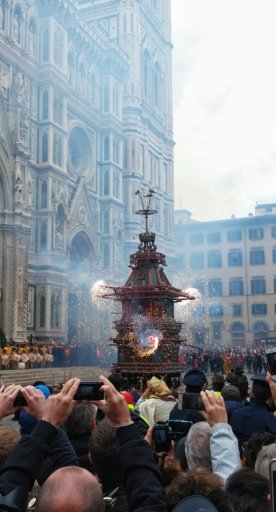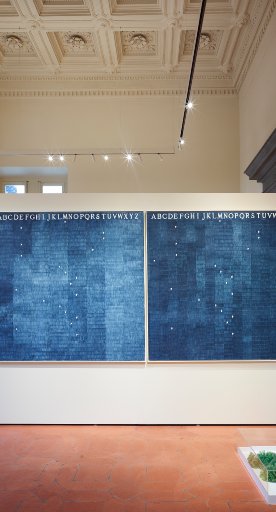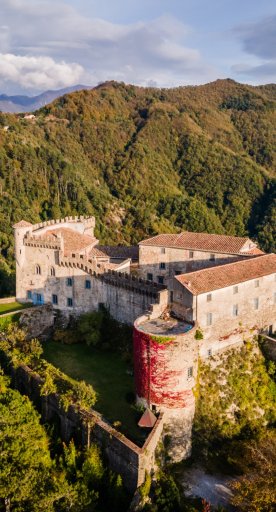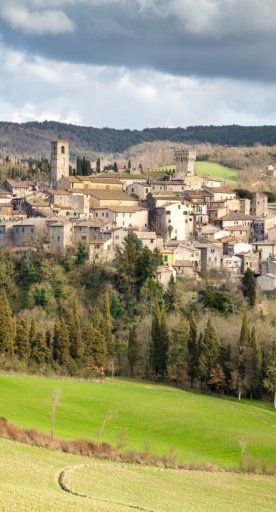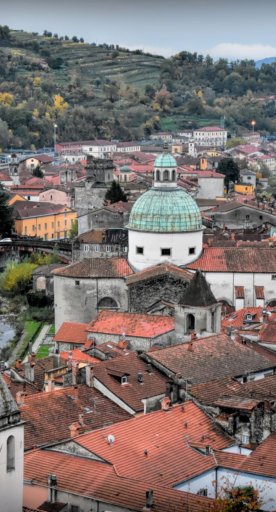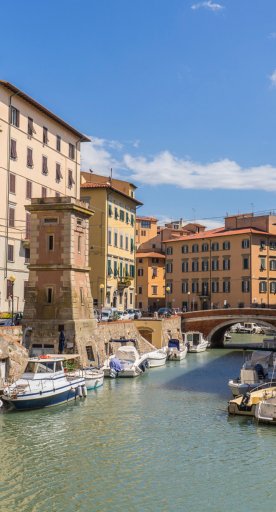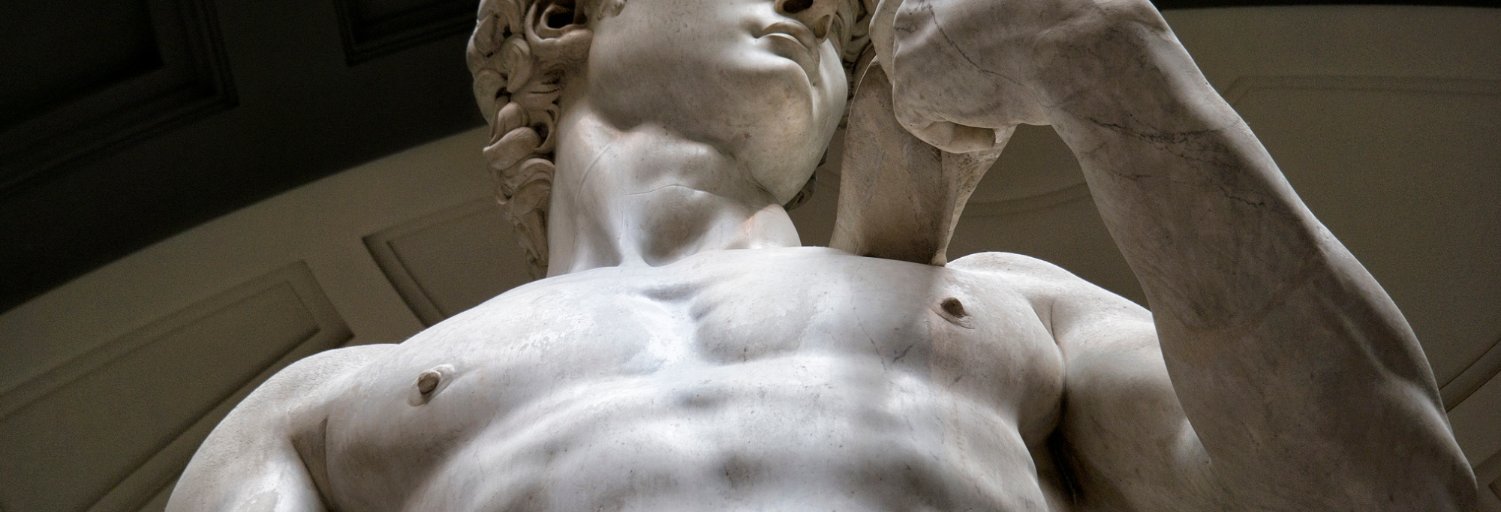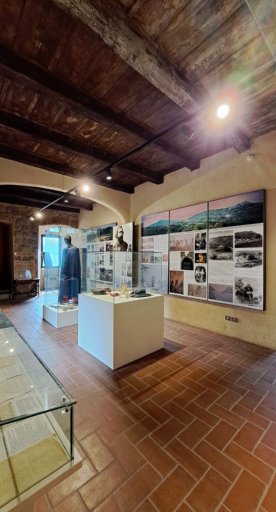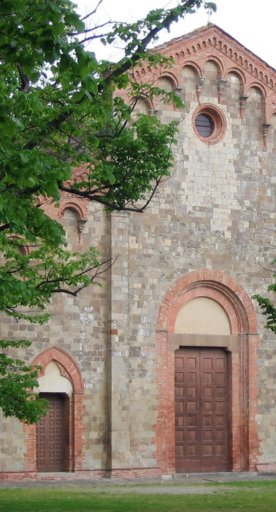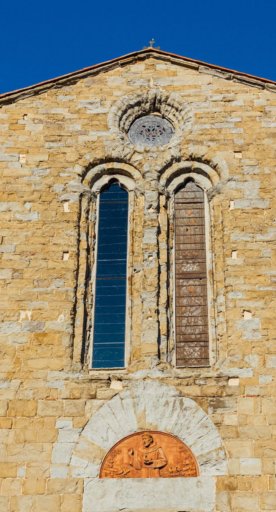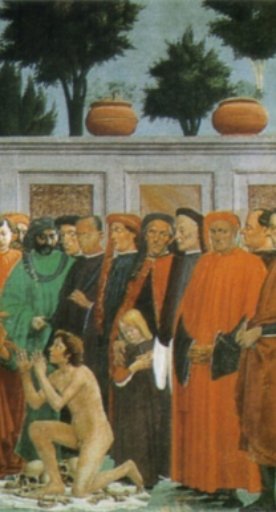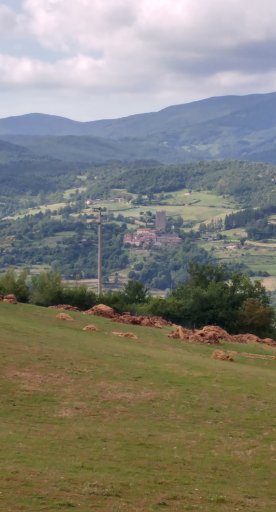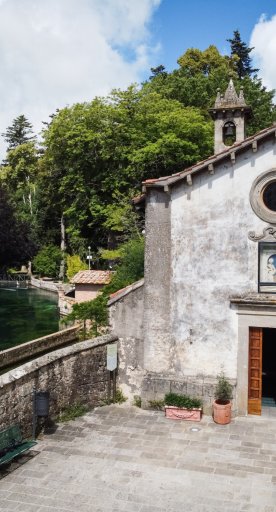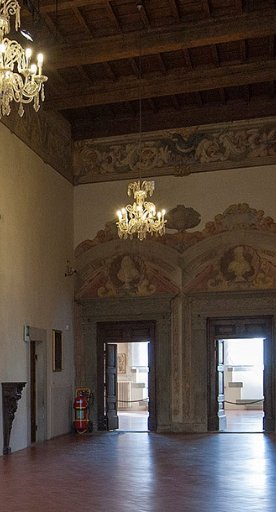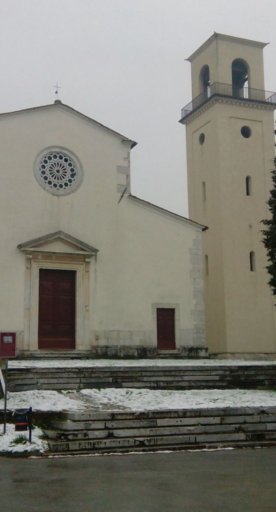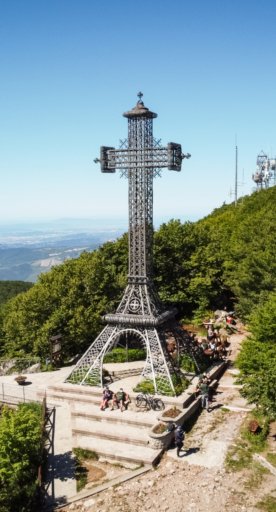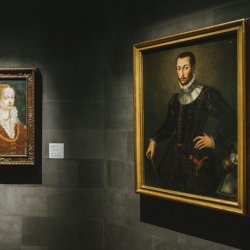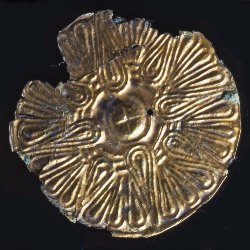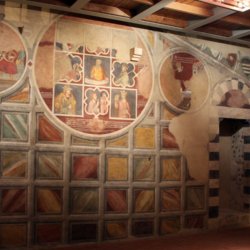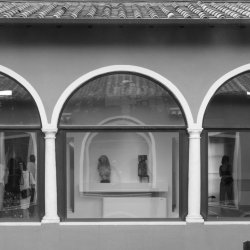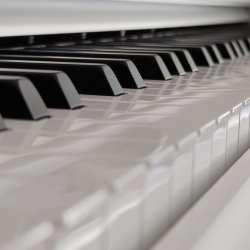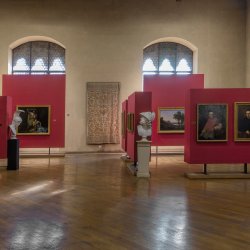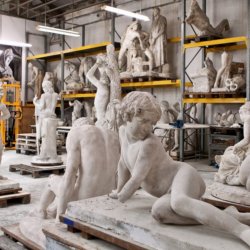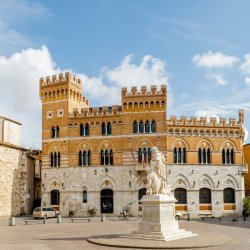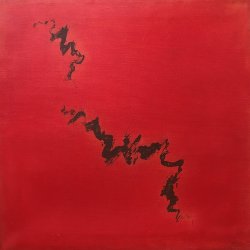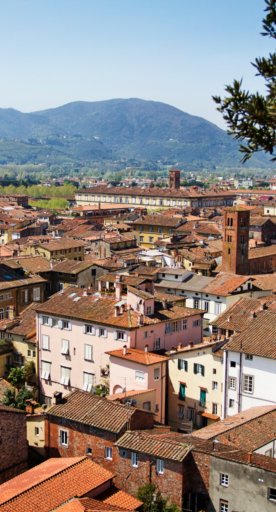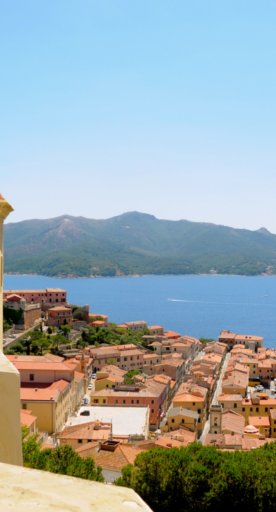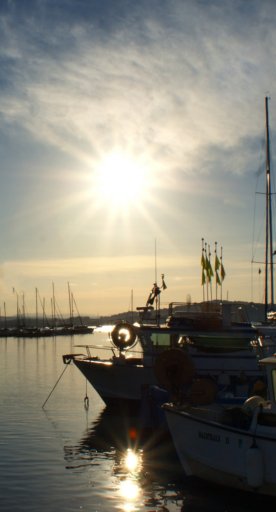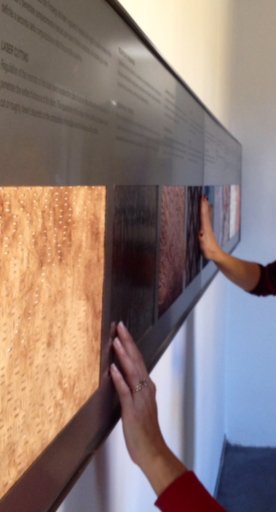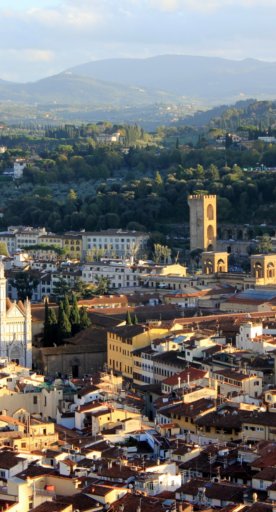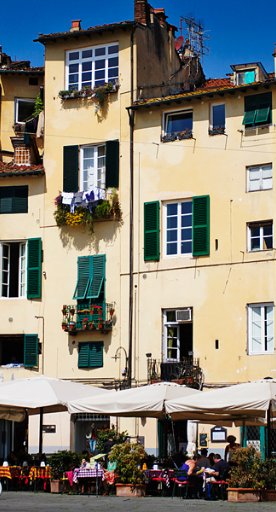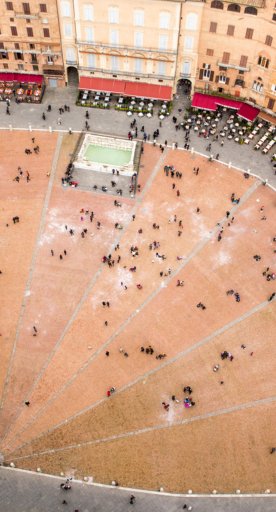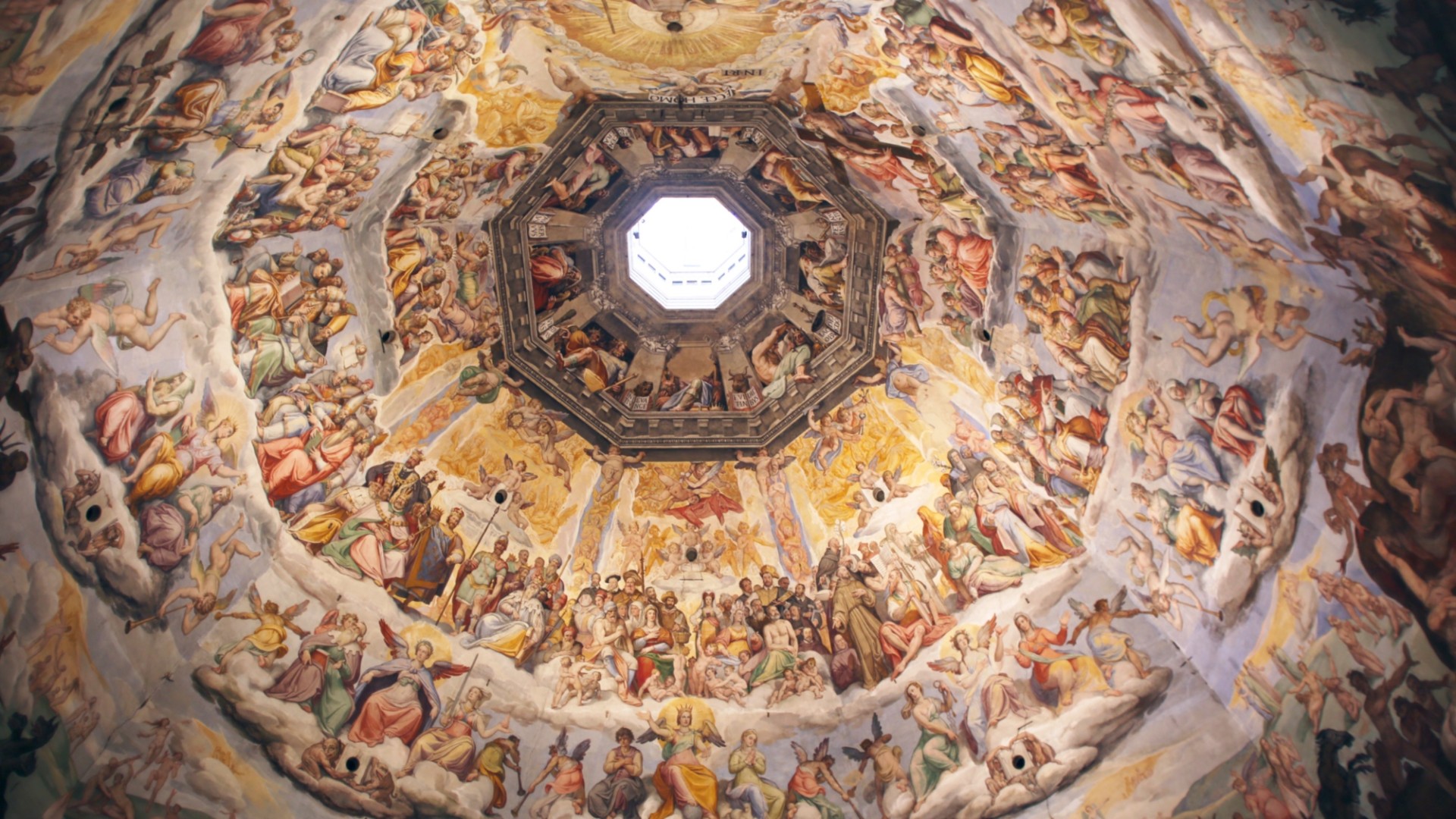
Art and culture
Tuscany is the cradle of the Renaissance and known all over the world for its immense artistic and cultural heritage. Eight sites are included by UNESCO on the World Heritage list: not only the historic center of art cities such as Florence and Siena, but also the villages of Pienza and San Gimignano, and the city of Montecatini Terme, known for its historic spas and its liberty architecture; Piazza del Duomo in Pisa, and the incredible landscape of Val d'Orcia that’s the perfect union between nature and human work. 12 Villas and 2 Medici Gardens complete the list of Tuscan gems.
You can breathe culture in every corner of Tuscany, rooted in antiquity: from the ruins of the mysterious Etruscan civilization with their breathtaking necropolises, to the domination of the Romans, through to the Middle Ages whose traces are still present in beautiful villages, Romanesque and Gothic churches and abbeys, and then to the Renaissance, a golden age that invested in architecture, painting and sculpture, making the region famous throughout the world.
In Tuscany, there are unique museums that house invaluable pieces such as the Uffizi Gallery, a treasure chest of masterpieces, or the Accademia Gallery, where you can admire the majestic David by Michelangelo.
Today, many centers are dedicated to contemporary art where you can discover the international artistic avant-gardes, like at the Pecci Center in Prato.



